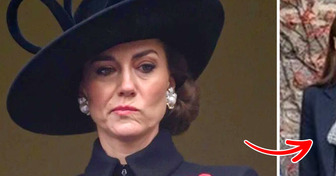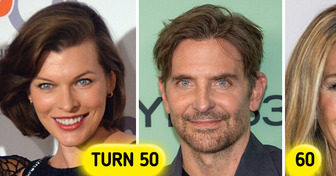“1000-lb Sisters” Star Boldly Rocks a Swimsuit, Looking Completely Unrecognizable After Dramatic Transformation

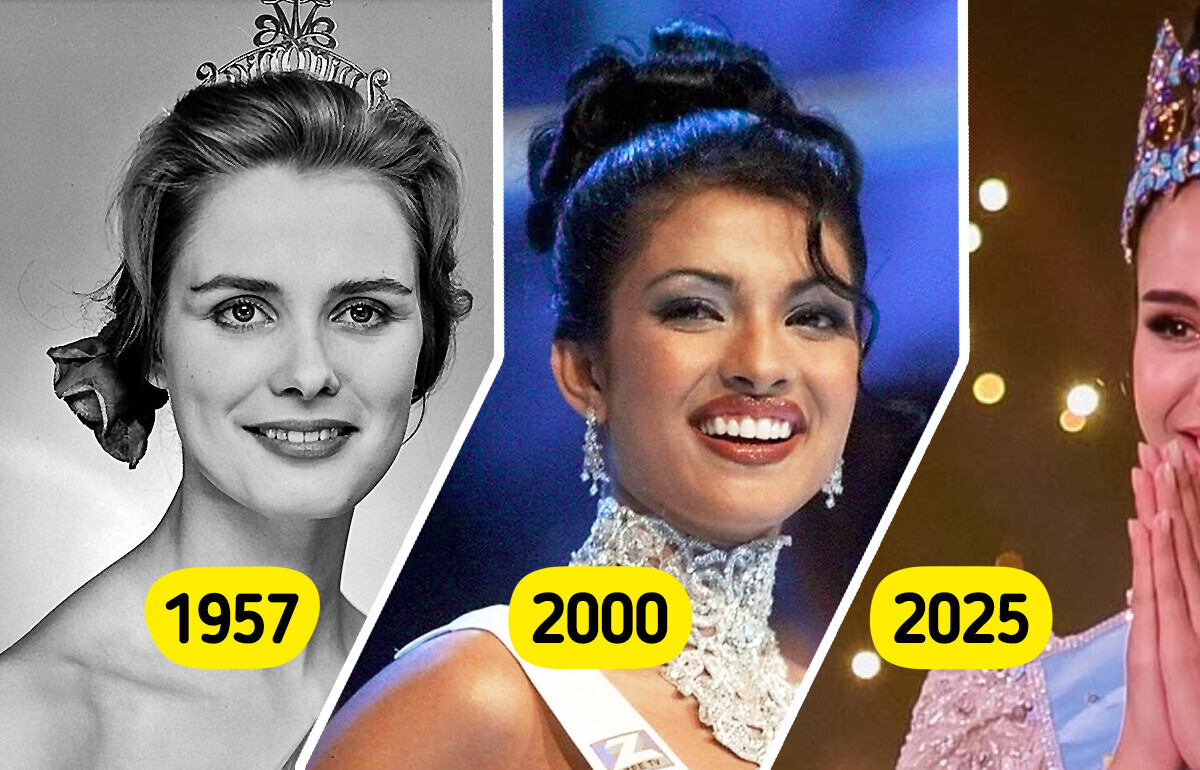
On May 31, 2025, the Miss World pageant was held for the 72nd time, culminating in a historic moment as Suchata Chuangsri of Thailand was crowned the winner. This marks Thailand’s first-ever victory in the pageant’s long-standing history. In celebration of this milestone, we take a look back at the evolution of the Miss World contest and explore how the jury’s standards and perceptions of beauty have transformed over the decades.
Kiki Håkansson (Sweden), Miss World 1951
In 1951, during the Festival of Britain, a beauty competition known as the Festival Bikini Contest took place — an event that the press later dubbed Miss World. At the time, it stirred controversy, as bikinis were widely regarded as inappropriate attire.
Swedish beauty Kikki Håkansson won the inaugural pageant, making history as the only Miss World to receive her crown while wearing a bikini. In the years that followed, finalists were required to appear in one-piece swimsuits or evening gowns during the award ceremony.
Denise Perrier (France), Miss World 1953, and Marita Lindahl (Finland), Miss World 1957
Despite the 1951 bikini scandal, the contest founder, Eric Morley, was pleased with the public attention and decided to hold the pageant annually. His requirements for potential participants were as follows: single women without children aged 17 to 27.
Corine Rottschäfer (Netherlands), Miss World 1959
In 1959, a major British television channel agreed to broadcast the Miss World pageant, significantly boosting its popularity. That year, Corine Rottschäfer faced an unexpected dilemma just before the award ceremony when she discovered her evening gown was damaged with holes. In a gesture of kindness, another contestant lent Corine her own dress. Ironically, the generous contestant went on to place third, while Corine claimed the crown as the winner.
Katharina Lodders (Netherlands), Miss World 1962
In the 1960s, the Miss World pageant became one of the most-watched television shows. The cash prize for the winner was increased from £500 to £2,500. In 1961, the requirements for contestants were also changed: the upper age limit was now 25 years old.
Katharina Lodders, who was crowned in 1962, addressed these criteria in her own way. On collecting the award, she said out loud, “I don’t think I’m the most beautiful girl in the world — I am the most beautiful girl here.”
Ann Sidney (Great Britain), Miss World 1964
In 1964, the winner was Ann Sidney, who later made a career in the movie industry. By the way, Morley introduced a new rule that same year: he forbade mothers of contestants to accompany their daughters. The reason was that the mother of one of the girls caused a lot of inconvenience to the organizers, getting involved in their work.

Reita Faria (India), Miss World 1966
In the late 1960s, the Miss World contest continued to grow in scale and prestige. In 1966, organizer Eric Morley extended invitations to over 70 countries, with 66 eagerly responding. Then, in 1968, the pageant made history by allowing a married woman to compete for the first time. However, by the 1970s, the rules tightened once again, and a strict requirement was reinstated: only single women were eligible to participate — no exceptions.
Jennifer Hosten (Grenada), Miss World 1970
The beginning of the decade was marked by a new scandal. In 1970, a week before the pageant, British feminists claimed that Miss World objectified women and threatened to interrupt the show. And they did it. When the event was in full swing, some female guests rose from their seats and began to blow whistles, jingle rattles, and shout slogans. Later, the movie Misbehaviour starring Keira Knightley was based on these events.
In 1970, Jennifer Hosten won the crown. She became the first black woman to win it.
Marie Stävin (Sweden), Miss World 1977, and Silvana Suárez (Argentina), Miss World 1978
The conflict with feminists forced the organizers to think about the message the pageant was sending to the world. And in 1972, Eric Morley and his wife announced that the event would now be held under the slogan “Beauty With a Purpose.” The contestants were also required to present their charity projects to the jury.
Astrid Carolina Herrera (Venezuela), Miss World 1984
Giselle Laronde (Trinidad and Tobago), Miss World 1986
In the second half of the decade, the contest became criticized again. The public in different countries didn’t like the fact that girls were judged only by representatives of Western countries. And in 1986, Morley decided to hold the preliminaries of the contest in Macau and give the Eastern judges the opportunity to select the contestants. The winner that year was Giselle Laronde from Trinidad and Tobago. This was the first time a representative of this country won the crown.
Ulla Weigerstorfer (Austria), Miss World 1987
In 1987, the Miss World organizers made a rare exception to their own rules, which permitted only women aged 17 to 25 to compete. That year, they allowed a 26-year-old contestant to enter the competition. This deviation eventually led to a revision of the age policy, with the upper age limit later being raised to 27.
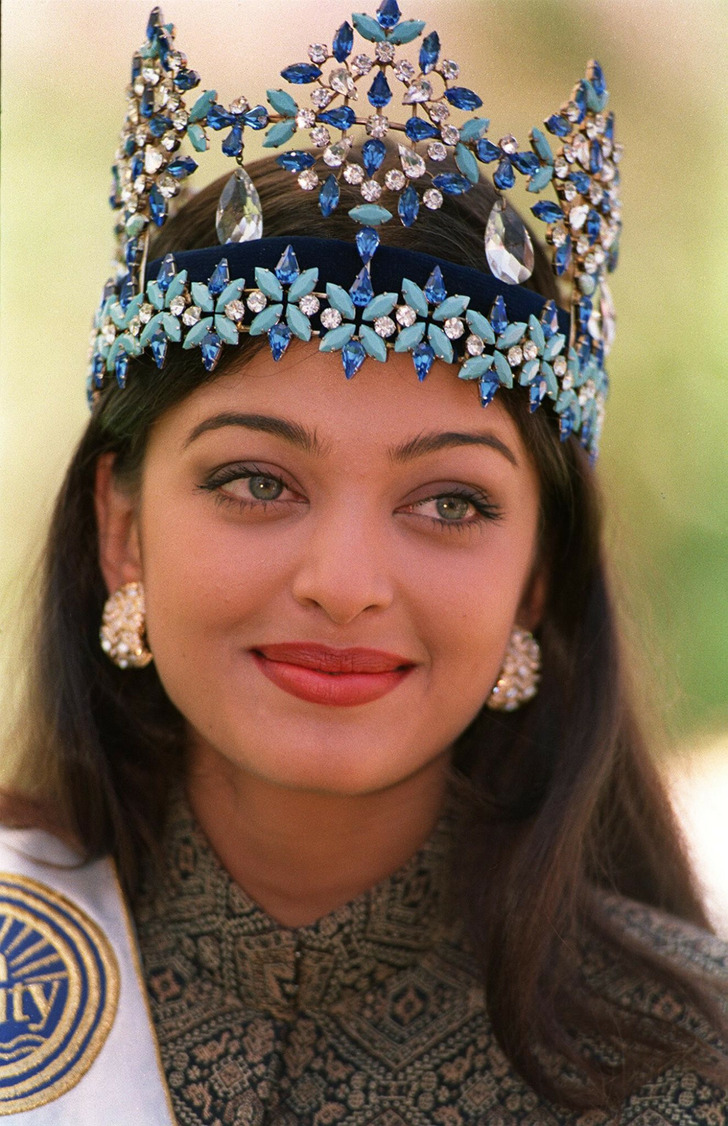
Aishwarya Rai (India), Miss World 1994
Yukta Mookhey (India), Miss World 1999
In the second half of the decade, the organizers decided to gather a jury of representatives of different professions from all over the world in order to increase the interest of the audience. So, now beauties were judged by actors and actresses, athletes, magazine editors, and top models from different countries.
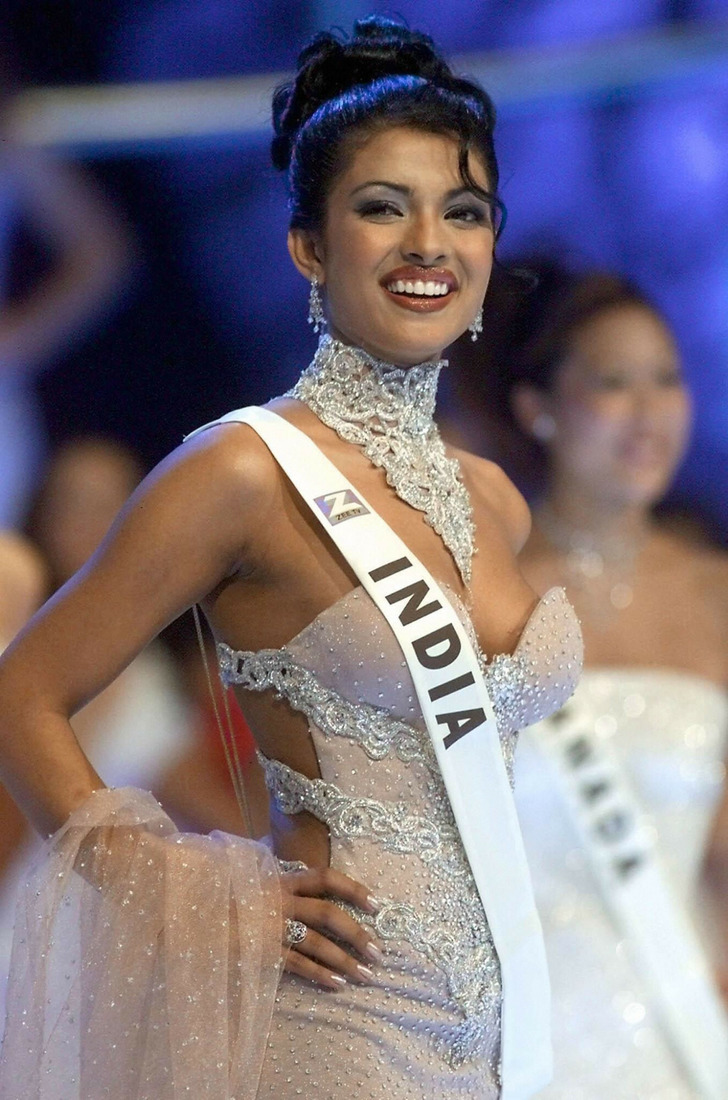
Priyanka Chopra (India), Miss World 2000
In 2000, Eric Morley passed away, so his wife, Julia, took on her husband’s work and decided to make some adjustments. For example, she called the pageant “stupid and horrible” and promised to make it “more positive” for women. She condemned the part of the show where girls had to first parade around in swimsuits and then give interviews about their life ambitions. “Not because I thought there was something wrong, horrible, and unnatural about swimsuits, but I thought you generally don’t feel comfortable if someone is interviewing you in a tux, and you are in a bathing suit,” Julia said.
Rosanna Davison (Ireland), Miss World 2003, and Kaiane Aldorino (Gibraltar), Miss World 2009
In 2004, Julia Morley surpassed her late husband’s achievements by organizing a record-breaking edition of the Miss World pageant. That year, 107 contestants from around the globe participated, marking the highest number of countries represented in the competition up to that point.
Megan Young (Philippines), Miss World 2013
In 2013, the contestants traveled to Bali. It was the first time the event was held in Southeast Asia. Also, for the first time in the history of the contest, a girl from the Philippines, Megan Young, won the crown.
Manushi Chhillar (India), Miss World 2017

Karolina Bielawska (Poland), Miss World 2021
The first event of the new decade wasn’t really big. In 2022, the number of countries participating in the contest was the smallest since 2003 — only 97. The winner was Karolina Bielawska from Poland. Next time, the Miss World jury gathered in 2024 and crowned Krystyna Pyszková from the Czech Republic.
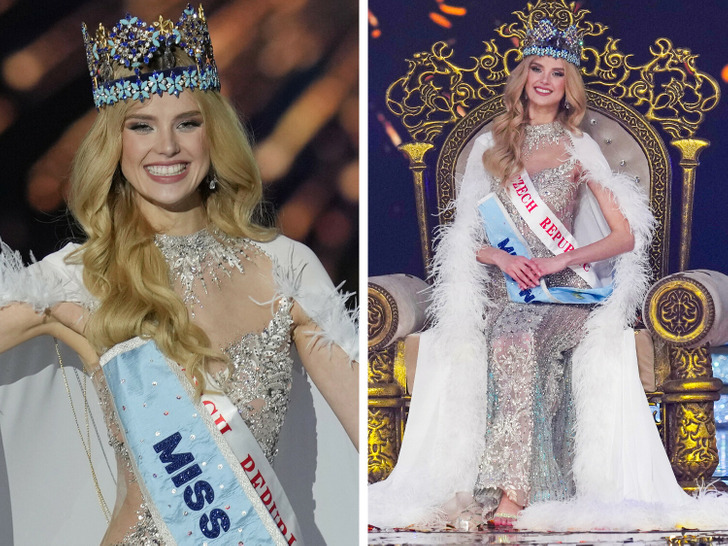
Krystyna Pyszková (Czech Republic), Miss World 2024
Suchata Chuangsri (Thailand), Miss World 2025
Miss World 2025 took place on May 31, 2025, in Hyderabad, Telangana, India. At the conclusion of the event, Krystyna Pyszková of the Czech Republic crowned Suchata Chuangsri of Thailand. This marks Thailand’s first-ever victory in the history of the pageant.
Since modern trends criticize various beauty standards, there is a possibility that the Miss World organizers will choose to stop using any selection criteria for future contestants, following the example of Miss Universe. In 2023, the latter removed the upper age limit for contestants. And since Julia Morley suggests that it is personality that should be evaluated, we are sure that changes in the contest are not long to wait.
Speaking of Miss Universe, here’s how 18 Beauty Queens who once captivated millions look today.

